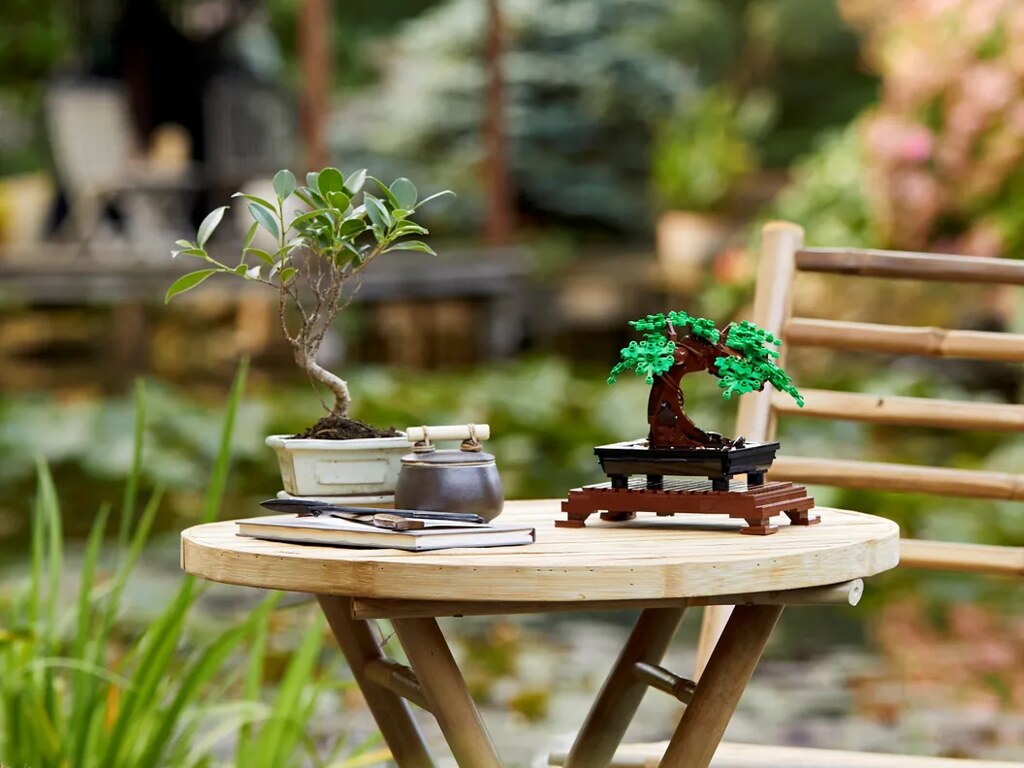
I later noticed, for instance, that the new Technic 1×1 brick with axle hole also comes in black in this set, which is also a new color for it, and the metallic silver 2×2 macaroni tile is pictured with the silver elements below. I didn’t scour the parts list exhaustively, but here are some that I picked out. The panels are 8 studs long and have the same slope as the classic large 1圆x3 1/3 arch.Ī number of elements also appear in new colors in this set.

It’s molded in clear but printed with the shuttle’s distinctive array of six windows.įinally, the large Technic panels that make up the payload bay doors are also a new element (part 76798). There are just two used in the set, where they sit atop the cockpit.Īnd speaking of the cockpit, the six-stud-wide windscreen is also a new element (part 76796). The most exciting to me is this 3×3 curved corner slope (part 76797), because it opens up a lot of possibilities and fills a long-missing gap in this slope family. First up, there are three entirely new elements in the set. There are lots of exciting LEGO parts in the set. There’s also a double-sided vinyl sheet with punch-out solar panels for Hubble. The other sheet is vast swath of silver mirrors, which are used to mimic the silver Teflon thermal radiators on the inside of the shuttle payload bay doors.

LEGO no longer prints on most sloped surfaces, though they used to–which is an oddity I’ll have to delve into another time. There are two sticker sheets one for the huge UCS-style info placards for Discovery and Hubble (you’ll be able to display them together or separately) along with a few small stickers that provide decoration on slopes. While most of the parts in the set are printed, the sticker sheets are still huge.
LEGO CREATOR EXPERT NASA SPACE SHUTTLE DISCOVERY MANUAL
The instruction manual has a very brief intro to the shuttle, where it notes that of the five space-flown NASA Space Shuttles, Discovery “flew the most missions, carrying the highest number of passengers, while traveling further and higher than the other orbiters.” It also outlines the LEGO set and its designer Milan Madge, as well as the future of NASA’s space program.

There’s nothing in the build that a 14-year-old couldn’t accomplish quite handily, or even someone younger if they’re an experienced builder. As we’ve noted on previous reviews of LEGO’s newly branded Creator Expert sets, the 18+ rating is a marketing tactic meant to indicate these sets are targeting adult fans. Grab the inner box and the unnumbered bag and you’re ready to start building.Ī quick word on the 18+ age rating on the box. The inner box contains the instruction manual, sticker sheets, and bag numbers 1-8, while bags 9-17 and the unnumbered oversized parts bag are loose in the main box. The inner box helps the contents stay distributed during shipping, and I’m happy to say that LEGO has finally figured out sorting the bags by number. Unpack the hefty box and you’ll find a white inner box and a handful of bags, par for the course with LEGO’s top-end sets these days. Providing TBB with products for review guarantees neither coverage nor positive reviews.

The LEGO Group sent The Brothers Brick an early copy of this set for review. Today we’re going to dive in with a full, hands-on review of this massive spaceplane. The new shuttle set is part of the Creator Expert lineup and will be available starting April 1, retailing for US $199.99 | CAN $269.99 | UK £169.99. LEGO is also celebrating 2021 being the 40th anniversary of the first shuttle flight. 10283 NASA Space Shuttle Discovery has 2,354 pieces and includes both the Discovery orbiter and the Hubble Space Telescope that Discovery launched on the STS-31 mission in April 1990 (the same year as LEGO’s first Space Shuttle set, 1682 Space Shuttle Launch). The latest set from LEGO is the largest and most detailed yet. LEGO Space Shuttles are a mainstay of the brand’s space themes, with the company having produced well more than a dozen models across a variety of scales, themes, and degrees of accuracy. But there’s something about the iconic design of NASA’s black-and-white reusable space plane that captures our imaginations and keeps drawing us back.


 0 kommentar(er)
0 kommentar(er)
